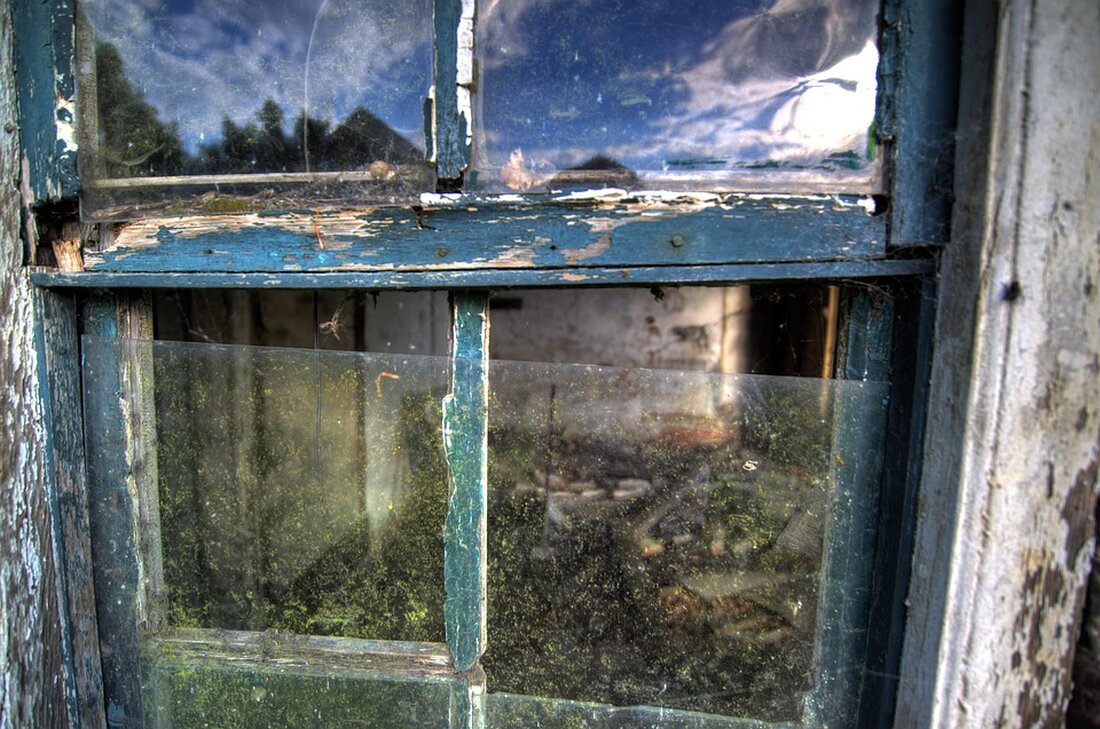Red alert: Invasive species threaten our native nature!
Discover the effects of invasive species in Germany: over 900 neobiota, EU lectures and climate change.

Red alert: Invasive species threaten our native nature!
In the European Union there are strict regulations against the keeping of alien and invasive species, which can have potentially harmful effects on native ecosystems. There are currently over 40 different species listed in this category chip reported. The banned species include various crayfish species and fire ants from South America, although the latter have not yet been detected in the wild.
Particularly explosive is the list of fish species that have been found commercially and privately owned, even though they are banned in the EU. These include, among others:
- Argus-Schlangenkopffisch
- Zebra-Killifisch
- Westlicher Mosquitofisch
- Amerikanischer Seebarsch
- Gestreifter Korallenwels
- Östlicher Mosquitofisch
- Schwarzer Zwergwels
- Sonnenbarsch
- Amurgrundel
- Blaubandbärbling
Neobiota in Germany
In addition to the listed species, Germany currently has around 900 established neobiota species, which corresponds to around 1% of the total of around 74,000 species that occur in the country. Plants (neophytes) are the largest group among the neobiota with around 470 established species, followed by around 320 species of invertebrates and vertebrates (neozoans) and almost 100 species of fungi (neomycetes). BfN.
The increase in these species is alarming. For around 170 years there has been a sharply increasing trend in new establishments, which is closely linked to global trade and transport. A high number of unreported cases is suspected, particularly in the case of invertebrates and lower plants as well as fungi, as many species are insufficiently recorded.
Beware of the Asian hornet
An example of an invasive species that has already been detected wild in Germany is the Asian hornet (Vespa velutina). This should be kept a close eye on and any sightings should be reported to the relevant authorities. This is an attempt to limit the spread of this species and the risks associated with it.
The climatic conditions in Germany currently limit the occurrence of neobiota species. However, with climate change, these barriers are expected to weaken, which could lead to an increased spread of the species.

 Suche
Suche
 Mein Konto
Mein Konto